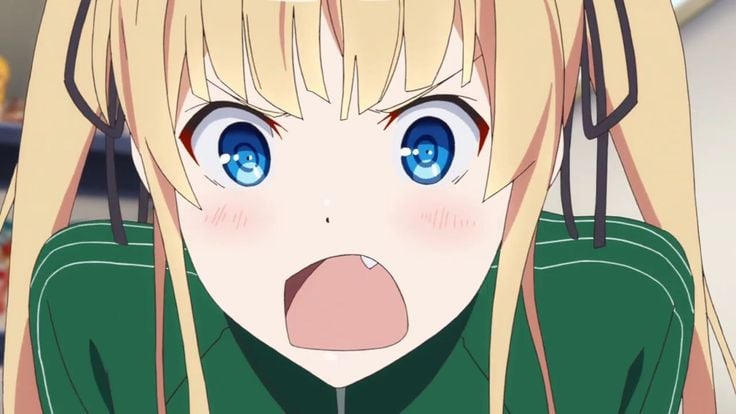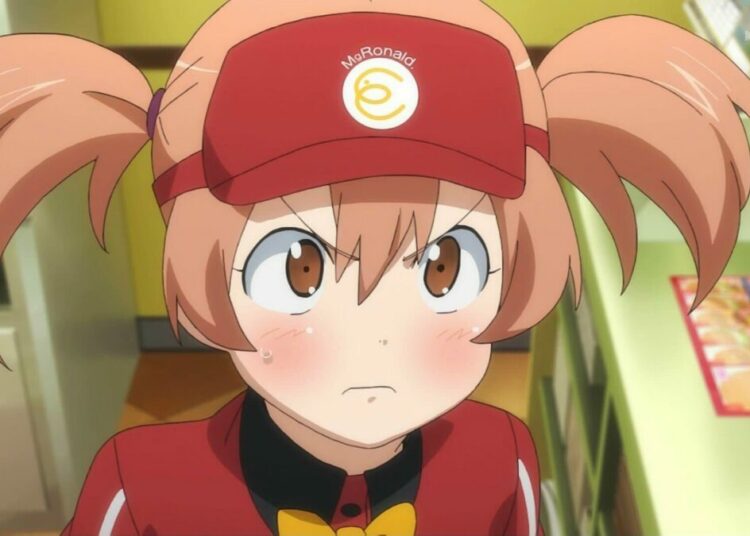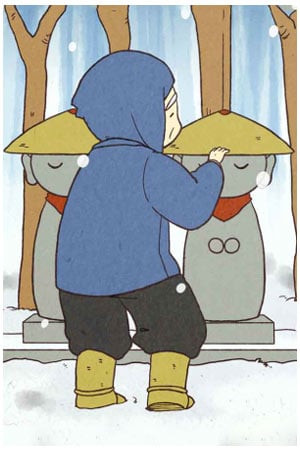The U.S. is in “election mode” right now, so I thought I’d compare politics between America and Japan a bit. A lot of people lament the two-party system in the U.S., which makes it very difficult for a strong third party to emerge and win elections, but Japan shows having multiple parties doesn’t necessarily make things better. The two major political parties in Japan are the currently-ruling Democratic Party of Japan (DPJ), which draws support from employees in companies and middle-class voters from urban areas, and the pro-business Liberal Democratic Party (LDP), which gets most of its support from more rural areas, including Japan’s many rice farmers. In addition to the two major parties, there’s a plethora of smaller parties with representation in the legislature, including the Japan Communist Party, the New Komeito (the de facto political arm of the Soka Gakkai Buddhist religion), the conservative Tachiagare, Nippon! (“Rise Up, Japan!”) party, or the Okinawa Social Party, which promotes issues important to Okinawa. New parties are formed all the time. For example, when powerful politician Ichiro Ozawa (no relation to Maria Ozawa, wouldn’t that be cool?) didn’t like the way the vote on the Japanese consumption tax hike went, he took the 48 representatives in his faction and pulled out of the DPJ, forming the People’s Life First party. So while having more choices for which political party you want to belong to might be nice, it doesn’t matter much if the leadership is ineffective, as it invariably is in Japan.

Japan has many political parties, but it doesn’t get them anywhere.















